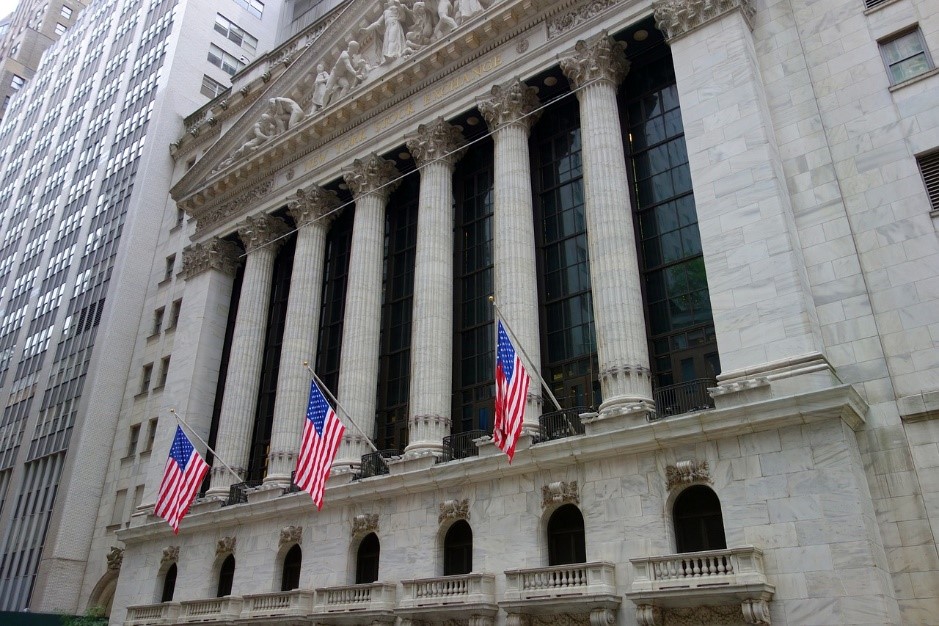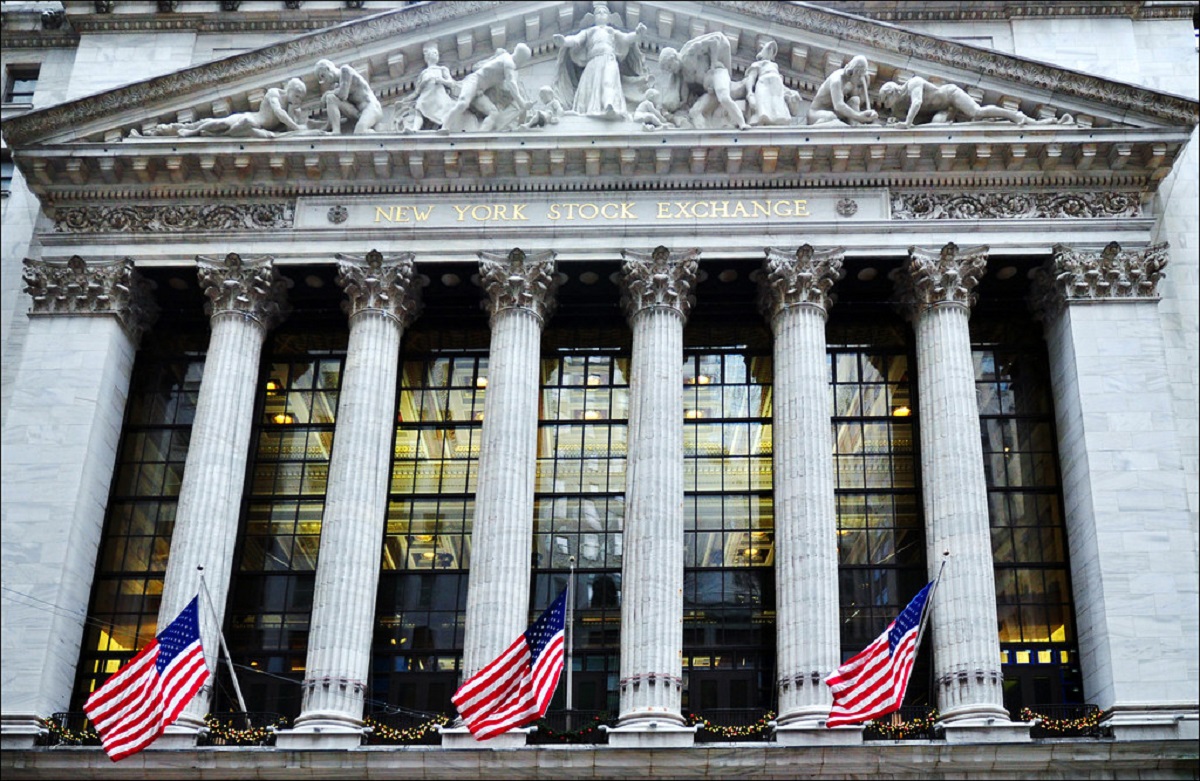
Today Stock Market futures declined on Wednesday, signaling another volatile session for Wall Street, following the Nasdaq Composite’s sharpest daily Stock Market drop in nearly three months.
Futures linked to the Dow Jones Industrial Average slipped 111 points, representing a 0.3% decrease, while S&P 500 futures and Nasdaq-100 futures experienced losses of 0.3% and 0.5%, respectively.
On the preceding day, the Nasdaq witnessed a decline of over 1.6%, marking its worst performance since October. This downturn was influenced by notable declines in major technology stocks, including a nearly 4% drop in Apple following a downgrade by Barclays.
Apple shares continued their decline with an additional 0.5% dip during premarket trading on Wednesday. Nvidia, another prominent tech company, also suffered a loss of more than 1%.
Addressing the market dynamics, Chris Verrone from Strategas noted on CNBC’s “Closing Bell: Overtime” that the onus is currently on the bears, especially considering the rare momentum surge witnessed at the end of 2023. While short-term corrections are normal after market highs, he expressed optimism about the longer-term outlook, projecting positivity over a six- to twelve-month horizon.
The market is emerging from a remarkable year that witnessed a rebound from the challenges of 2022. The S&P 500 recorded a surge of over 24%, concluding its lengthiest weekly winning streak since 2004, while the Nasdaq achieved a 43% increase, marking its best performance since 2020.
Nasdaq futures exhibited continued weakness, signaling a potentially challenging session for Wall Street. This decline comes on the heels of the Nasdaq Composite’s most significant single-day drop in nearly three months, raising questions about the sustainability of the recent tech rally.
This shift back to risk assets was attributed to easing inflation and a decline in the 10-year Treasury yield, which ended the year below 3.9% after reaching 5% in October. The Federal Reserve’s conclusion of an aggressive hiking campaign and the anticipation of rate cuts in 2024, along with optimism for a soft landing, have contributed to positive market sentiment in recent weeks. As of Tuesday afternoon, markets are indicating a nearly 70% likelihood of rate cuts starting in March, according to CME Group’s FedWatch tool.
The recent volatility in the tech sector, as reflected in the Nasdaq’s performance, underscores the sensitivity of the market to specific stock movements. The Nasdaq, known for its tech-heavy composition, is particularly susceptible to fluctuations in major technology stocks, making it a barometer of sentiment in the sector.
Investors are awaiting the release of minutes from the Fed’s December policy meeting, along with remarks from Richmond Fed President Tom Barkin, which could provide further insights into the future trajectory of interest rates. Additionally, the job openings report for November and December’s ISM manufacturing data are scheduled for release.
Market analysts suggest that the burden of proof currently rests on bearish sentiments, considering the rare momentum surge witnessed at the end of 2023. While short-term corrections are deemed normal after market highs, the overall sentiment points towards a positive longer-term outlook over a six- to twelve-month horizon.
Bloomin’ Brands, the parent company of Outback Steakhouse, experienced a more than 4% increase after announcing the addition of two new members to its board, in accordance with an agreement reached with activist investor Starboard Value.
As Nasdaq futures navigate a second day of decline, the focal point remains on Apple’s persistent downturn and its repercussions for the broader tech sector. Investors are closely monitoring these developments, seeking insights into the sustainability of the tech rally and potential implications for the overall market. The evolving situation underscores the intricate interplay between individual stock movements and the broader market sentiment, shaping the narrative for the days ahead.
